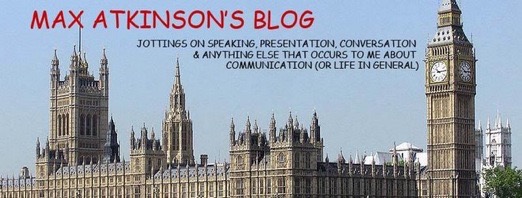For me, one of the most memorable ones by Edward Kennedy was delivered shortly after I had started studying political speeches in 1980: his address to the Democratic National Convention, now ranked at 76th in the top 100.
To mark his death, here are the final few sentences, which, somewhat unusually, end with a 4 part list that has been much quoted since:
And someday, long after this convention, long after the signs come down and the crowds stop cheering, and the bands stop playing, may it be said of our campaign that we kept the faith.
May it be said of our Party in 1980 that we found our faith again.
And may it be said of us, both in dark passages and in bright days, in the words of Tennyson that my brothers quoted and loved, and that have special meaning for me now:
I am a part of all that I have met
To [Tho] much is taken, much abides
That which we are, we are --
One equal temper of heroic hearts
Strong in will
To strive, to seek, to find, and not to yield.
For me, a few hours ago, this campaign came to an end.
For all those whose cares have been our concern, the work goes on, the cause endures, the hope still lives, and the dream shall never die.
MORE ON 3 PART LISTS & OTHER RHETORICAL TECHNIQUES
• Why lists of three: mystery, magic or reason?
• Lists of 3 and other rhetorical devices in Obama’s victory speech
• Tom Peters: high on rhetoric but low on content?
• When the young Paddy Ashdown surprised himself by the power of his own rhetoric
• David Cameron’s attack on the budget used some well-crafted rhetoric
• Rhetoric wins applause for questioners on BBC Question Time
P.S. FOR OTHERS SCEPTICAL ABOUT OR NEW TO TWITTER:
In the 'Pros' listed the other day, I included the fact that announcing new blog posts on Twitter can increase the number of visitors to the blog.
It also turns out that there's a more indirect way of this happening via Twitter. Since the death of Edward Kennedy, a lot of people have been typing 'thedreamshallneverdie' into Twitter search - as a result of which, some have found and visited this page.



